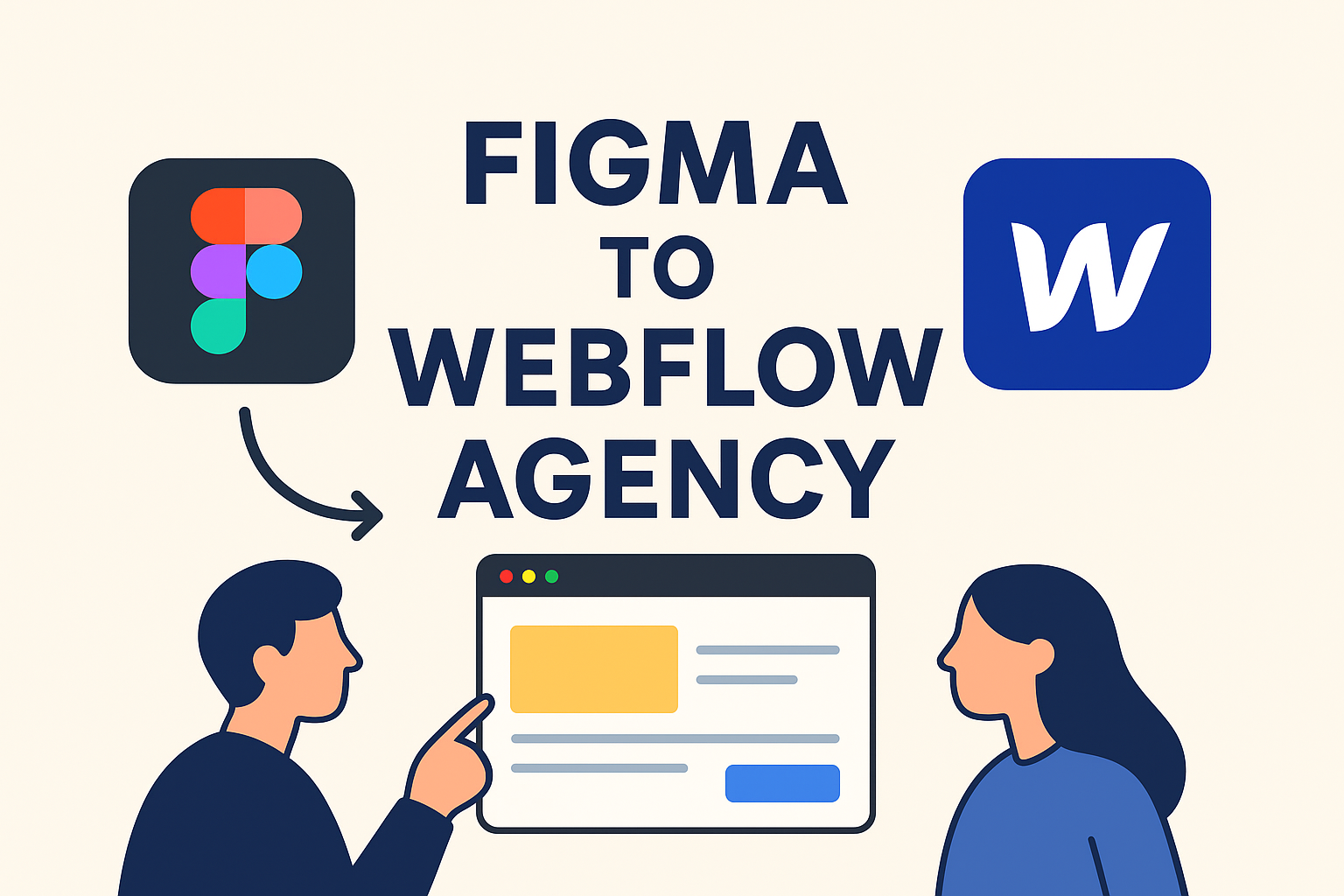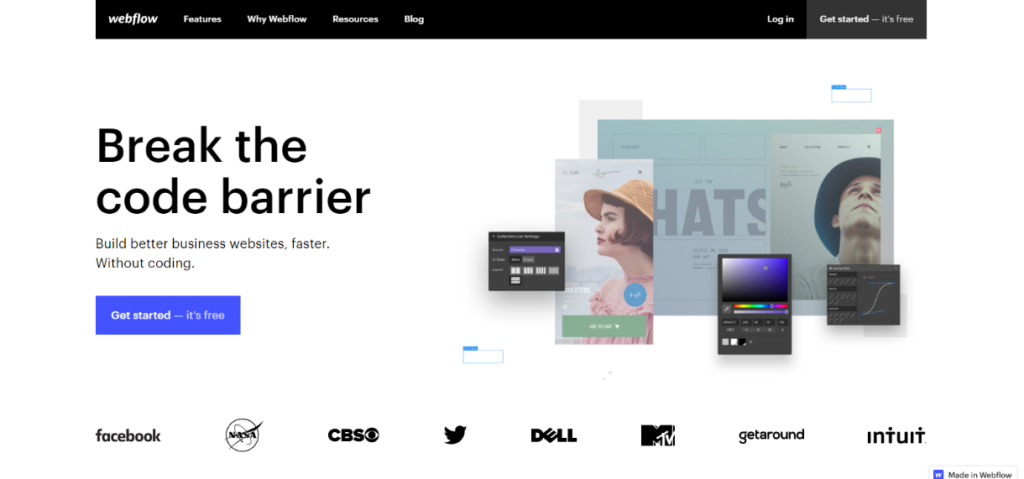WordPress has become the most popular website-building platform in the world. It is used by millions of people and businesses to create stunning websites. The great thing about WordPress is that it is easy to use and provides a wide range of features and customization options.
However, if you want to get the most out of your WordPress website, you will need to choose the right hosting provider. Choosing the right hosting provider is a crucial decision that will directly impact the performance and success of your website.
In this article, we will discuss the key aspects of WordPress hosting and provide an overview of the best WordPress hosting providers in 2022.
Introduction to WordPress Hosting
WordPress hosting refers to web hosting services that are specifically designed for WordPress sites. WordPress hosting is often more reliable and efficient than regular web hosting. It is designed to provide the best performance and security for your WordPress website.
When you choose a WordPress hosting provider, you will get access to a range of features and tools that are specifically designed for WordPress websites. These features and tools can help you optimize your website for better performance and security.
In addition, WordPress hosting provides automatic software updates, which can help keep your website secure and up-to-date. With WordPress hosting, you will also get access to specialized WordPress support, which can help you troubleshoot any issues with your website.
Benefits of Managed WordPress Hosting
Managed WordPress hosting is a type of hosting service that is specifically designed for WordPress websites. It is more expensive than regular web hosting, but it offers a range of benefits that make it worth the extra cost.
With managed WordPress hosting, you get access to the latest version of WordPress and all the plugins and themes you need to customize your website. You also get access to specialized WordPress support, which can help you troubleshoot any issues with your website.
In addition, managed WordPress hosting provides enhanced security features that can help protect your website from malicious attacks. It also offers high-performance servers that are specifically designed to provide the best performance for WordPress websites.
Factors to Consider When Looking for the Best WordPress Hosting
When looking for the best WordPress hosting provider, there are several factors you should consider. These factors include:
- Price: The cost of WordPress hosting can vary depending on the features and tools offered by the hosting provider. It is important to compare the different plans and pricing options to find the best value for your money.
- Reliability: The reliability of a hosting provider is an important factor to consider. You want to make sure that the hosting provider can provide a high-quality service and that your website will be up and running at all times.
- Features: Different hosting providers offer different features and tools. It is important to consider the features offered by the hosting provider to make sure that they meet your needs.
- Customer Support: A good hosting provider should offer excellent customer support. This will allow you to get help with any issues or questions you may have.
The Best WordPress Hosting Providers in 2022
Now that you know the factors to consider when looking for the best WordPress hosting provider, let’s take a look at the top WordPress hosting providers in 2022.
- Bluehost: Bluehost is one of the leading WordPress hosting providers. It offers plans that are specifically designed for WordPress websites. In addition, Bluehost offers free domain registration, free SSL certificates, and free WordPress themes.
[ut_button color=”blue” target=”_blank” link=”https://www.bluehost.com/track/bilaalshah/” size=”medium” shape=”round” title=”BlueHost WordPress Hosting Plans” ]BlueHost WordPress Hosting Plans[/ut_button]
- DreamHost: DreamHost is another popular WordPress hosting provider. It offers a range of features, including unlimited storage space, unlimited bandwidth, and unlimited email accounts. DreamHost also offers a money-back guarantee if you are not satisfied with their services.
[ut_button color=”blue” target=”_blank” link=”https://www.bluehost.com/track/bilaalshah/” size=”medium” shape=”round” title=”BlueHost WordPress Hosting Plans” ]DreamHost WordPress Hosting Plans[/ut_button]
- SiteGround: SiteGround is one of the most popular WordPress hosting providers. It offers a range of features, including unlimited storage space, unlimited bandwidth, and free SSL certificates. It also offers a range of security features, such as automatic malware scans and daily backups.
[ut_button color=”blue” target=”_blank” link=”https://partners.hostgator.com/XvVjX” size=”medium” shape=”round” title=”BlueHost WordPress Hosting Plans” ]SiteGround WordPress Hosting Plans[/ut_button]
- WP Engine: WP Engine is a WordPress hosting provider that offers managed WordPress hosting plans. It offers a range of features, including a powerful caching system, automatic security updates, and daily backups. It also offers a range of additional features, such as staging sites and customer support.
[ut_button color=”blue” target=”_blank” link=”https://partners.hostgator.com/XvVjX” size=”medium” shape=”round” title=”BlueHost WordPress Hosting Plans” ]WP Engine WordPress Hosting Plans[/ut_button]
When comparing managed WordPress hosting plans, it is important to consider the features and tools offered by each provider. Here are some of the features that you should look for:
- Storage Space: Most managed WordPress hosting plans offer unlimited storage space. This will allow you to store all the media, files, and databases that your website needs.
- Bandwidth: Most managed WordPress hosting plans offer unlimited bandwidth. This will allow you to serve as many visitors as possible without running into bandwidth limits.
- Security Features: Most managed WordPress hosting plans offer enhanced security features to help protect your website from malicious attacks.
- Automatic Updates: Most managed WordPress hosting plans offer automatic software updates, which will help keep your website secure and up-to-date.
- Customer Support: Most managed WordPress hosting plans offer customer support, which can help you troubleshoot any issues with your website.
Finding the Best Cheap WordPress Hosting
If you are looking for the best cheap WordPress hosting, there are several options available. Here are some of the best cheap WordPress hosting providers in 2022:
- DreamHost: DreamHost offers cheap WordPress hosting plans that include unlimited storage space, unlimited bandwidth, and free SSL certificates.
- HostGator: HostGator offers cheap WordPress hosting plans that include unlimited storage space, unlimited bandwidth, and free SSL certificates.
- Bluehost: Bluehost offers cheap WordPress hosting plans that include unlimited storage space, unlimited bandwidth, and free SSL certificates.
- SiteGround: SiteGround offers cheap WordPress hosting plans that include unlimited storage space, unlimited bandwidth, and free SSL certificates.
Finding the Fastest WordPress Hosting
If you want to get the best performance from your WordPress website, you need to choose the fastest WordPress hosting provider. Here are some of the fastest WordPress hosting providers in 2022:
- WP Engine: WP Engine offers the fastest WordPress hosting. It uses a powerful caching system and optimized servers to provide the best performance for WordPress websites.
- Kinsta: Kinsta is another popular WordPress hosting provider. It offers high-performance servers that are specifically designed for WordPress websites.
- DreamHost: DreamHost offers fast WordPress hosting plans. It uses a powerful caching system and optimized servers to provide the best performance for WordPress websites.
- SiteGround: SiteGround offers fast WordPress hosting plans. It uses a powerful caching system and optimized servers to provide the best performance for WordPress websites.
Finding the Best Managed WordPress Hosting
If you want to get the most out of your WordPress website, you should choose a managed WordPress hosting provider. Here are some of the best-managed WordPress hosting providers in 2022:
- WP Engine: WP Engine offers the best-managed WordPress hosting plans. It offers a range of features, including a powerful caching system, automatic security updates, and daily backups.
- Kinsta: Kinsta is another popular managed WordPress hosting provider. It offers a range of features, including a powerful caching system, automatic security updates, and daily backups.
- DreamHost: DreamHost offers managed WordPress hosting plans. It offers a range of features, including unlimited storage space, unlimited bandwidth, and free SSL certificates.
- SiteGround: SiteGround offers managed WordPress hosting plans. It offers a range of features, including unlimited storage space, unlimited bandwidth, and free SSL certificates.
Strategies for Improving Conversion Rates with Managed WordPress Hosting
If you want to maximize the success of your WordPress website, you need to focus on improving your conversion rate. Here are some strategies you can use to improve your conversion rate with managed WordPress hosting:
- Optimize Your Website: Optimizing your website is one of the most important steps you can take to improve your conversion rate. Make sure that your website is fast, secure, and easy to use.
- Use A/B Testing: A/B testing is a great way to test different versions of your website and find out which one performs the best. This can help you find the most effective design and content for your website.
- Install Analytics Tools: Installing analytics tools on your website can help you track your visitors and understand their behavior. This can help you identify areas for improvement and adjust your website accordingly.
- Optimize Your Content: Optimizing your content is another important step you can take to improve your conversion rate. Make sure that your content is engaging, relevant, and informative.
Conclusion
Choosing the right WordPress hosting provider is an important decision that will directly impact the success of your website. In this article, we have discussed the key aspects of WordPress hosting and provided an overview of the best WordPress hosting providers in 2022.
We have also discussed the benefits of managed WordPress hosting and the factors to consider when looking for the best WordPress hosting provider. We also provided an overview of the best cheap WordPress hosting and fastest WordPress hosting providers. Finally, we discussed strategies for improving conversion rates with managed WordPress hosting.
If you are looking for the best WordPress hosting provider for your needs in 2022, make sure to consider the factors discussed in this article. With the right hosting provider, you can get the most out of your WordPress website.
Make sure to check out the different hosting providers and compare their features and pricing options to find the best value for your money. With the right hosting provider, you can get the performance and security you need for your WordPress website.












